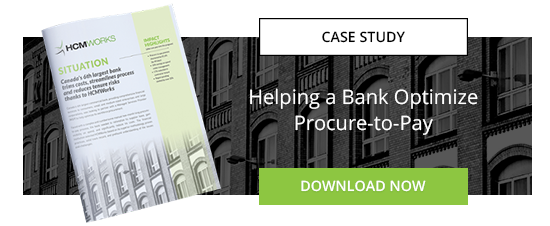Implementing an e-procurement solution can result in a high return on investment as you’ll enjoy greater efficiencies, better visibility, and more cost savings. Unfortunately, though, many companies fail to effectively implement on such a solution, especially on their own. They end up wasting, time, resources, and money on a solution because they couldn’t implement it properly.
What Is E-Procurement?
Electronic procurement consists of leveraging the web and purchasing production or non-production goods and services electronically. It is a vital aspect of any overall strategic procurement plan in today’s business environment. It includes supply chain automation, strategic sourcing, and supplier rationalization.
An electronic solution can drastically reduce cycle times and transaction costs by consolidating the procuring process across all departments, and thus, improve a company’s bottom line. Automating the process can free up your time and allow you to better manage your relationships with suppliers in order to create ever-increasing velocity in your supply chain. It can have a positive impact on your ordering, inventory, returns, billing, and customer service.
In essence, it can allow companies to buy the right product or service at the right time, and from the right vendor.
Use a Phased Approach Leveraging Contingent First
Rolling out an electronic solution takes times and effort. Trying to do it all at once will be nearly impossible. You don’t need to be so hasty or you could face the potential for failure. Don’t address multiple categories out of the gate, but rather, move forward with only one established category: contingent or professional services. This category should take priority as it has the highest return. If you base your solution implementation on one category to begin with, you can then achieve executive sponsorship via performance results that will allow you to move all categories forward in the future.
Consider Adoption and Training Requirements Early On
Once you’re well underway with the integration of your solution, you might find resistance when it comes to adoption, both within your company and outside of it. To ensure that this headache doesn’t negatively affect the pace or timeline of your implementation, you should consider the challenges in adoption early on and work towards eliminating them.
Develop training and support materials for your employees and utilize e-learning services in-house to ensure that everyone in your company that needs to use your solution can do so with minimal training. Give your employees the tools and materials they need to use your new software.
Effectively onboarding your vendors in large numbers will be a difficult challenge to overcome, too, so it’s important to think about how they will all be connected to your new centralized hub—either through direct integration or web portals. Then, ensure that your vendors have the support they need to effortlessly use your new software by focusing efforts on supplier enablement and catalogue management. The best way to ensure adoption of your new solution, inside and out of your company, is to make it as easy as possible for everyone to use it through appropriate training and support services.
Work with the Right Managed Services Provider
Not all managed services providers are created equal. To effectively implement an electronic procurement solution, you should request the help of an MSP; however, put careful thought and consideration in the decision of choosing which MSP to work with. As we mentioned, using a phased approach that leverages the contingent category first can create greater results, but to then get the go ahead to integrate the rest of your categories, you should work with a managed services provider that has the ability to create decks and facilitate presentations at the C-level to get the buy-in to go companywide with your solution. A big-bang approach will only lead to a change management nightmare, which could put fear into the executives that will make them hesitate to go forward. And unfortunately, they could scrap the project altogether.



